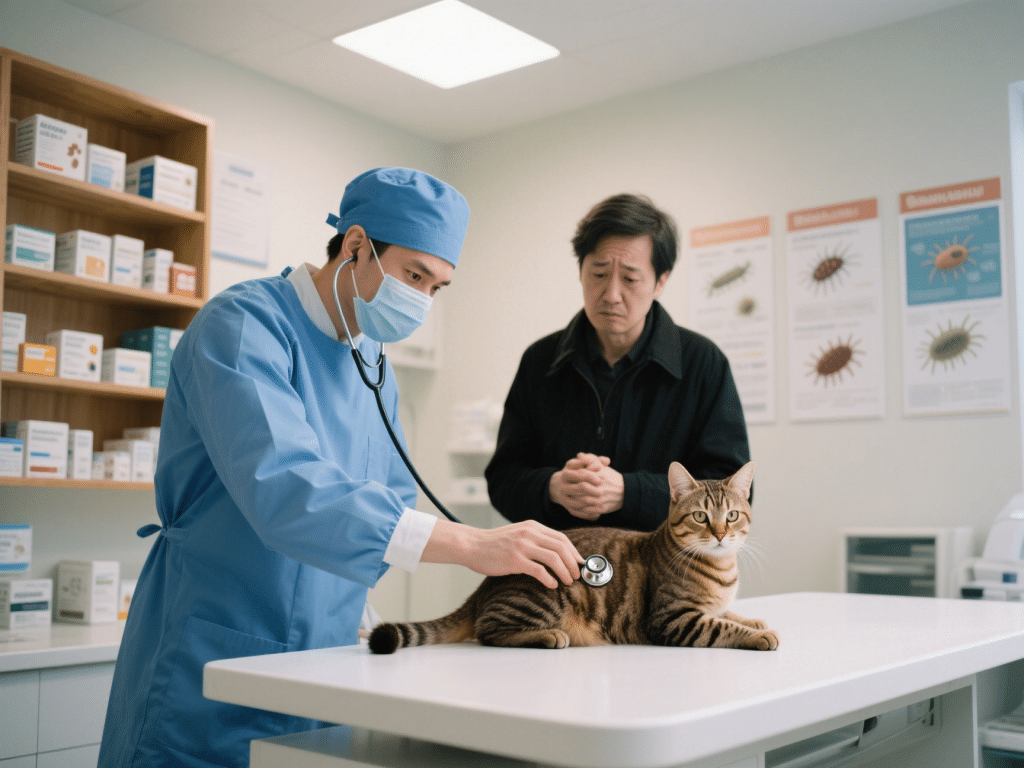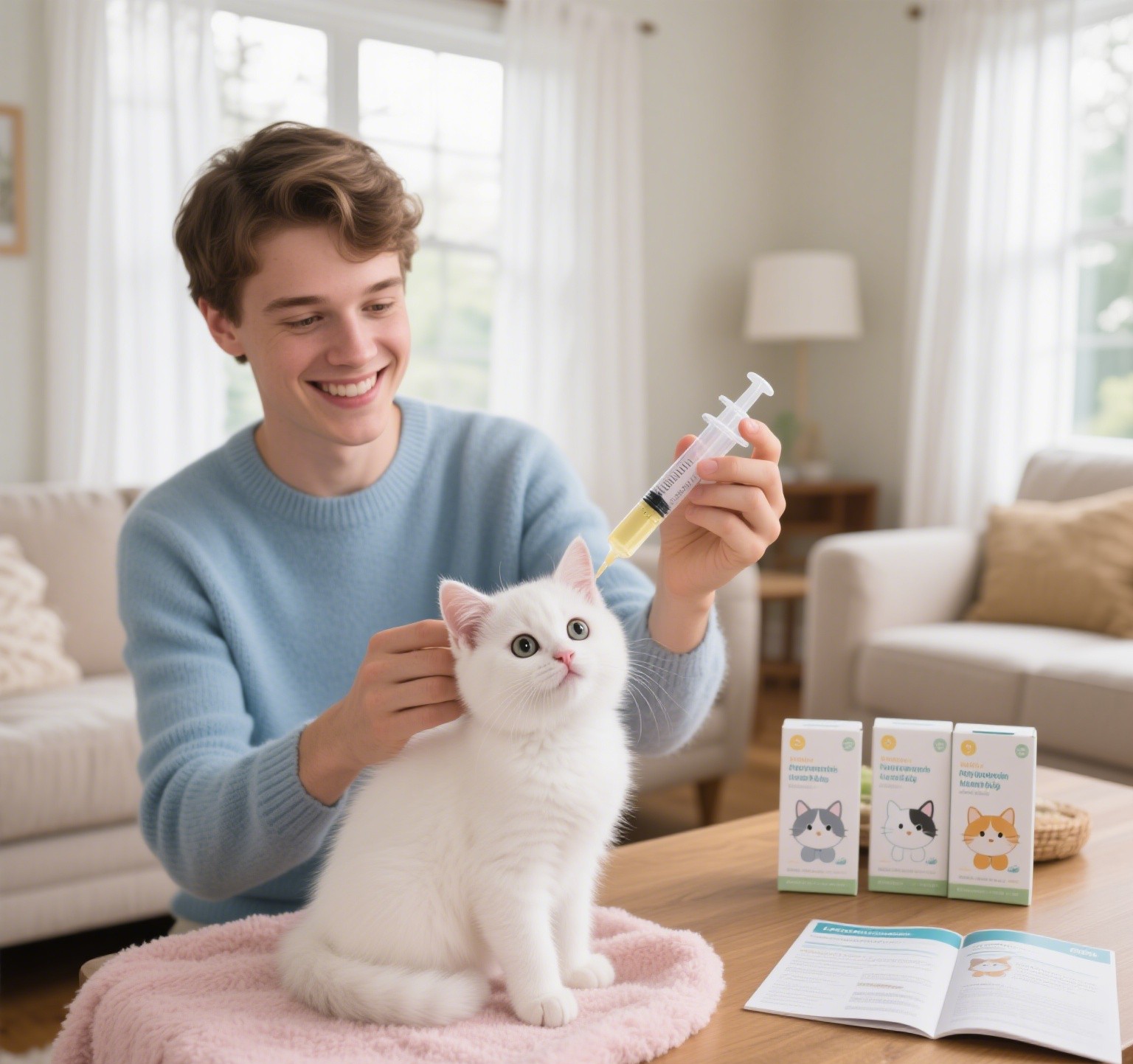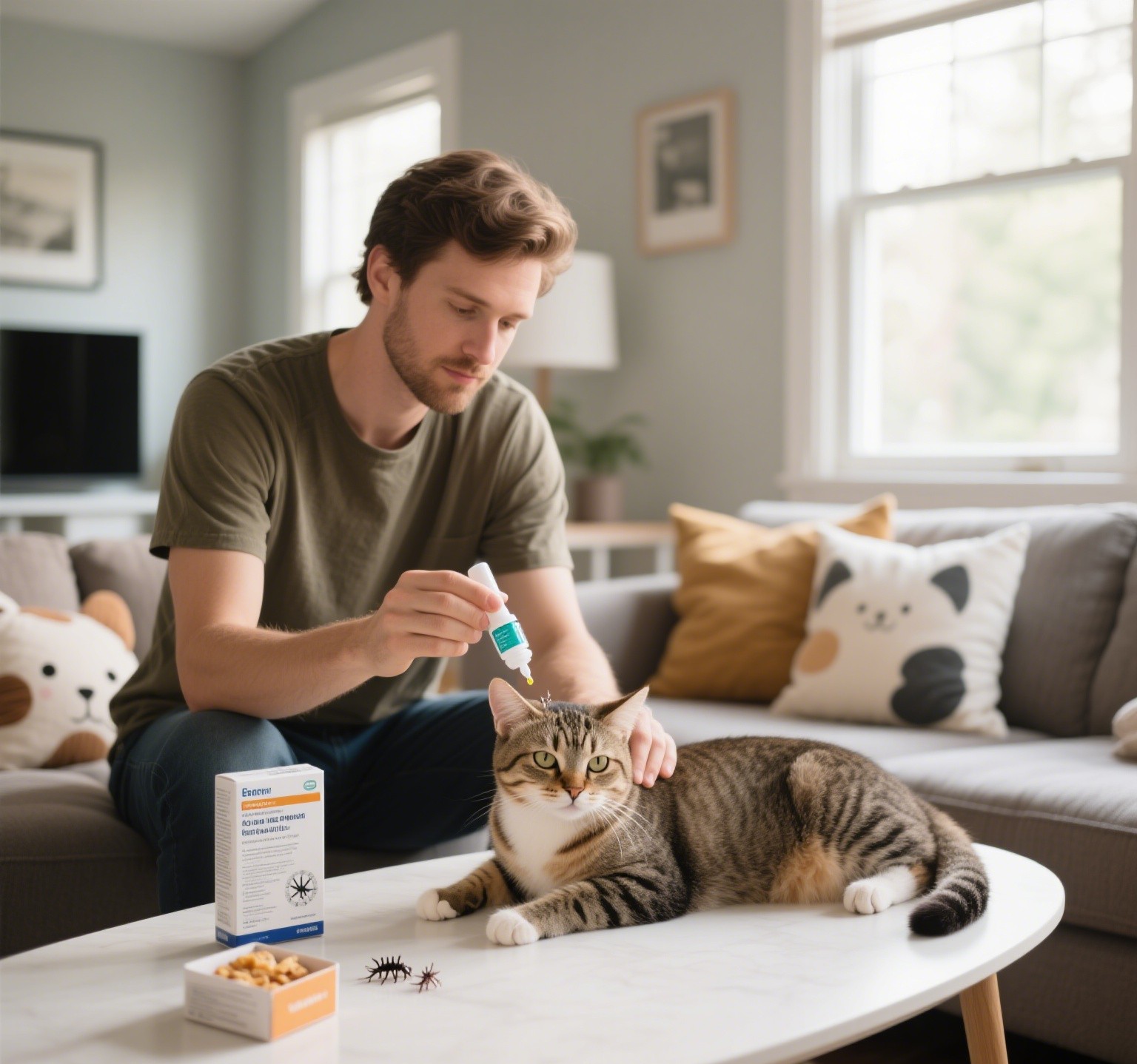Why Deworming Sometimes Fails: Mistakes, Resistance, and Fixes
Deworming, a cornerstone of animal health management in both livestock and companion animals, doesn’t always yield the expected results. Treatment failure can lead to poor growth, production losses, disease transmission, and significant economic hardship. Understanding the root causes – ranging from operational mistakes to biological resistance – is crucial for implementing effective parasite control. This article dissects the reasons behind deworming failures and outlines actionable solutions.
I. Common Deworming Mistakes Leading to Failure
Often, failure stems not from the drug itself, but from how it’s administered or managed:
Incorrect Diagnosis & Blanket Treatment: Treating animals without confirming the presence, type, and burden of parasites through fecal egg count (FEC) tests or clinical diagnosis leads to unnecessary medication and increases resistance risk. Not all animals in a group harbor significant worm burdens.
Underdosing: This is a critical error. Dosing based on rough estimates rather than actual weight results in sub-therapeutic drug levels. This fails to kill all worms, particularly the more resilient ones, acting as a powerful selection pressure for resistance. Underdosing frequently occurs with shared medications (e.g., “pour some in” for a group) or outdated weight tapes.
Inaccurate Administration: Failure to deliver the full dose correctly (e.g., incomplete injection, spit-out oral paste, improper pour-on application ensuring skin contact) compromises efficacy.
Poor Timing: Treating at the wrong stage of the parasite’s life cycle or the wrong time of year (ignoring parasite epidemiology and seasonal patterns) reduces impact. Treating too late allows significant damage; treating too early misses subsequent larval challenges.
Using Expired or Compromised Products: Storage of anthelmintics in extreme temperatures (heat, freezing) or direct sunlight can degrade active ingredients. Using products past their expiration date guarantees reduced potency.
Ignoring Non-Chemical Management: Sole reliance on dewormers without addressing pasture management (rotational grazing, pasture rest, co-grazing), nutrition (optimizing immunity), and biosecurity (quarantining new arrivals) allows constant reinfection, overwhelming even effective drugs.
II. The Growing Threat: Anthelmintic Resistance
This is the most concerning cause of persistent deworming failure, where parasites genetically survive treatment doses that were once lethal. It’s a global issue, particularly severe in nematodes (roundworms) of small ruminants and increasingly problematic in horses, cattle, and parasites like Haemonchus contortus (barber pole worm).
Mechanisms of Resistance:
Enhanced Drug Metabolism/Detoxification: Parasites increase enzymes that break down the drug.
Altered Drug Target Sites: Genetic mutations change the specific protein or receptor the drug binds to, reducing binding affinity.
Increased Drug Efflux: Parasite cells pump the drug out faster using transporters like P-glycoprotein before it can act.
Drivers of Resistance Development:
Frequent/Unnecessary Treatments: Overusing dewormers, especially whole-herd/flock treatments without evidence of need.
Underdosing: Creates the perfect environment for selecting resistant worms (see Mistake #2).
Treating and Immediately Moving to Clean Pasture: This removes the susceptible worms in refugia (eggs/larvae on pasture or in untreated animals), leaving only resistant survivors to reproduce. Refugia is critical for diluting resistant genes.
Using Single Drug Classes Repeatedly: Not rotating drug classes with different modes of action allows resistance to that specific class to build rapidly.
Poor Quarantine Practices: Introducing resistant parasites with new animals.
III. Effective Fixes: Strategies for Successful Deworming
Combating failure requires a holistic, evidence-based approach – Integrated Parasite Management (IPM):
Diagnose First:
Implement regular Fecal Egg Counts (FEC) to identify animals needing treatment and monitor burden levels.
Perform Fecal Egg Count Reduction Tests (FECRT) at least annually to detect resistance on your farm. This is the gold standard.
Use diagnostics to identify specific parasite species involved.
Dose Accurately & Correctly:
Weigh animals using calibrated scales or accurate weight tapes for every treatment.
Calculate doses precisely based on weight and product concentration.
Ensure full, correct administration (check injection site, ensure oral dose is swallowed, apply pour-on along the backline).
Strategic Treatment & Targeted Selective Treatment (TST):
Target Treatments: Only treat animals showing clinical signs, high FEC results, or those most susceptible (e.g., youngstock, periparturient ewes/does). Leave a portion of the herd/flock untreated to maintain refugia.
Strategic Timing: Base treatments on parasite life cycles and local epidemiology (e.g., targeting peri-parturient rise, specific larval challenges like autumn for Nematodirus in lambs).
Rotate Drug Classes Strategically (Based on FECRT):
Use anthelmintics from different chemical classes (Benzimidazoles, Macrocyclic Lactones, Nicotinic Agonists/Imidazothiazoles, Amino-Acetonitrile Derivatives, Spiroindoles) that have different modes of action.
Rotate classes annually or per treatment cycle, not per dose. Long-term rotation based on FECRT results showing efficacy is key. Avoid rotating within a season unless resistance is confirmed to the first class used.
Optimize Non-Chemical Management:
Pasture Rotation & Rest: Move animals to fresh, low-contamination pastures after treatment where feasible. Allow rested pastures sufficient time (species-dependent, often 3-12 months) for larvae to die off.
Multi-Species Grazing: Grazing cattle after sheep/goats (or vice versa) can help break parasite cycles, as many parasites are host-specific.
Nutrition: Ensure optimal nutrition to support the animal’s natural immune response against parasites.
Genetics: Select breeding stock with known resistance or resilience to parasites (e.g., FAMACHA scores in small ruminants).
Biosecurity: Quarantine and test (FECRT ideally) all new animals before integrating them; treat if necessary with an effective drug based on quarantine FECRT.
Use Newer Drugs Judiciously: If newer classes (e.g., Zolvix - monepantel, Startect - derquantel + abamectin) are available, preserve their efficacy. Use them strategically, ideally only after FECRT shows resistance to older classes, and always with impeccable management to slow resistance development. Never underdose.
Conclusion: A Proactive Approach is Key
Deworming failure is rarely random. It typically results from identifiable mistakes or the insidious development of resistance due to management practices. Moving away from calendar-based, whole-group treatments towards a diagnostic-driven, targeted approach underpinned by robust pasture and herd management is essential. Regularly testing for resistance (FECRT) is no longer optional but a critical component of sustainable animal health and production. By understanding the “why” behind deworming failures and implementing the integrated fixes outlined, producers and veterinarians can regain control over parasites and ensure deworming programs deliver reliable, long-term success. Consult your veterinarian to develop a tailored IPM plan for your specific operation.








Comments on " Why Deworming Sometimes Fails: Mistakes, Resistance, and Fixes" :